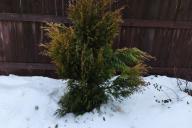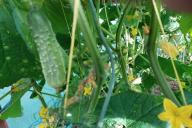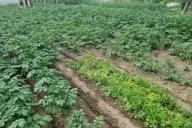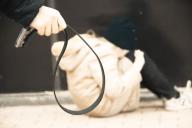Some people believe that if you cut off the mold from a product, you can safely eat it.
At first glance, this sounds reasonable: remove the damaged part and save the rest.
But is it really safe? The answer to this question depends on the type of product and the type of mold.

How Mold Affects Food
Mold is a microorganism that can be both safe and extremely harmful. Some types of mold produce mycotoxins, substances that are dangerous to human health. These toxins can accumulate in the body and cause serious diseases, including liver damage and the development of cancer.
The depth of penetration of mold into the product depends on its structure. In soft products, such as bread or berries, mold spores can spread much deeper than it seems.
Even if the visible part is cut off, the roots, invisible to the eye, may remain and continue to secrete toxins.
What foods are safe to handle
Hard foods such as hard cheeses, smoked sausages, or vegetables with tough skins can often be safely de-moulded.
If the damaged area is completely removed, including at least one centimeter of surrounding tissue, the risk is minimal.
However, it is important to remember that even in these cases, products must be carefully inspected and assessed.
For soft textured foods such as jams, bread, yoghurts and sauces, mould means complete inedibility.
Microorganisms spread quickly in liquid and semi-liquid environments, which makes them potentially dangerous.
Why are mycotoxins dangerous?
Mycotoxins have a negative impact on human health even in minimal doses.
They are not destroyed by heat treatment and can remain in products for a long time. Symptoms of poisoning include nausea, weakness, headaches, and, with prolonged exposure, serious chronic diseases.
How to store food properly
Compliance with storage conditions is the best prevention of mold. A refrigerator and a dry, ventilated room help minimize the risk of fungal development.
Products that are prone to spoilage are best stored in airtight packaging or special containers.
Regularly checking the condition of stocks will help to detect the beginning of spoilage in time. At the slightest suspicion of mold, do not risk your health.
Tips for handling products
To ensure safe food consumption, it is important to know which foods can be processed and which ones should be discarded immediately.
Hard cheeses or vegetables with thick skins can be peeled if the damaged area is completely removed. However, soft or liquid products that have come into contact with mold must be disposed of.








